Scientists have constrained the mass of neutrinos to less than 1 eV for the first time, breaking an important barrier in neutrino physics.
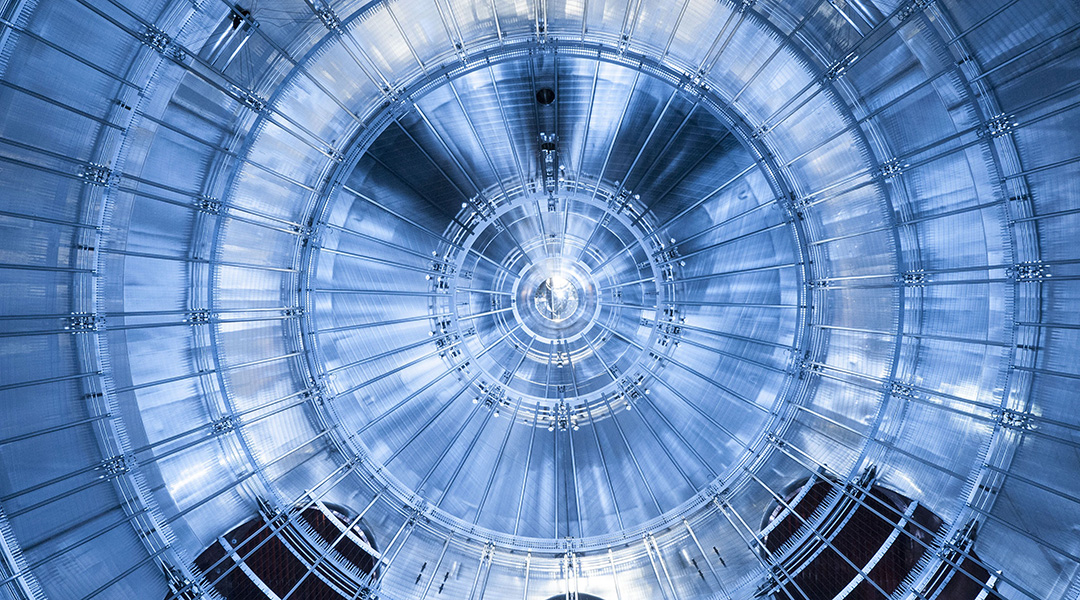

Scientists have constrained the mass of neutrinos to less than 1 eV for the first time, breaking an important barrier in neutrino physics.
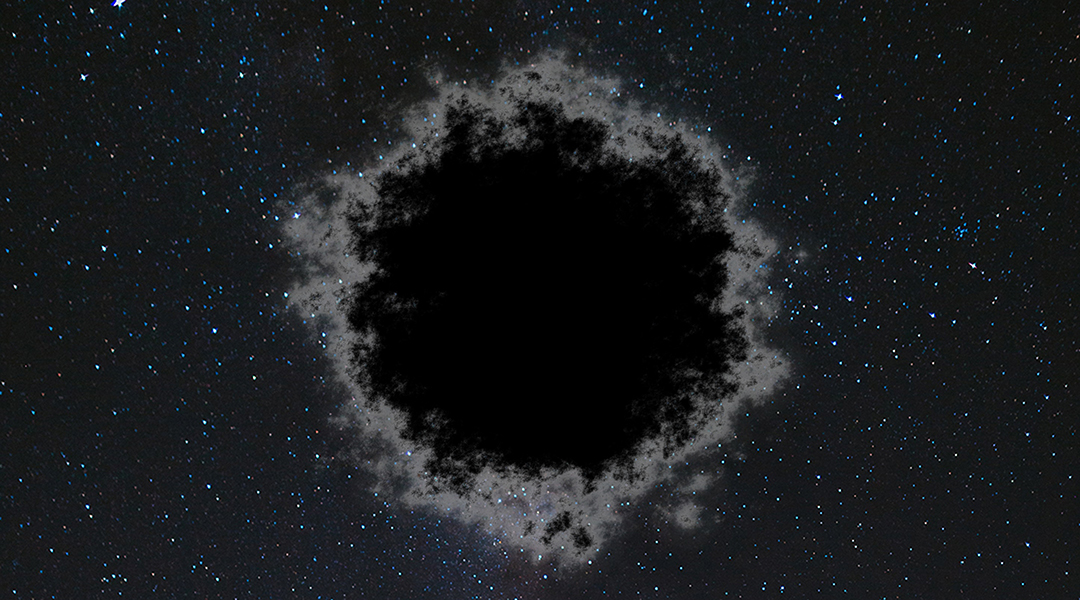
Scientists have turned to string theory to better understand black holes, proposing they can be modeled as “fuzzballs” made up of interacting strings.
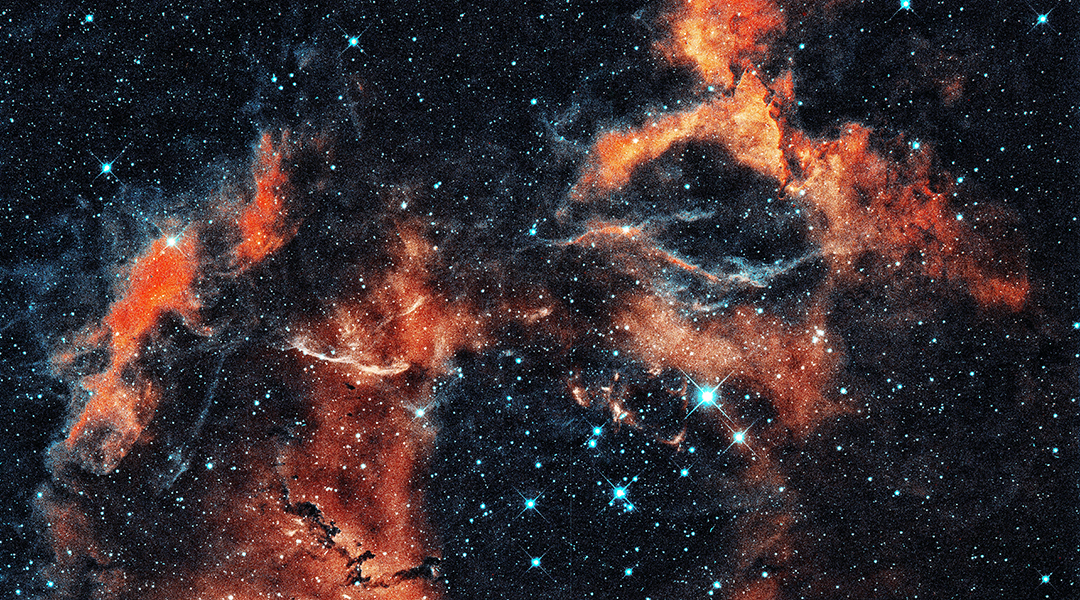
Using an artificial neural network and AI, researchers are developing a powerful computational tool to model particle physics following the Big Bang.
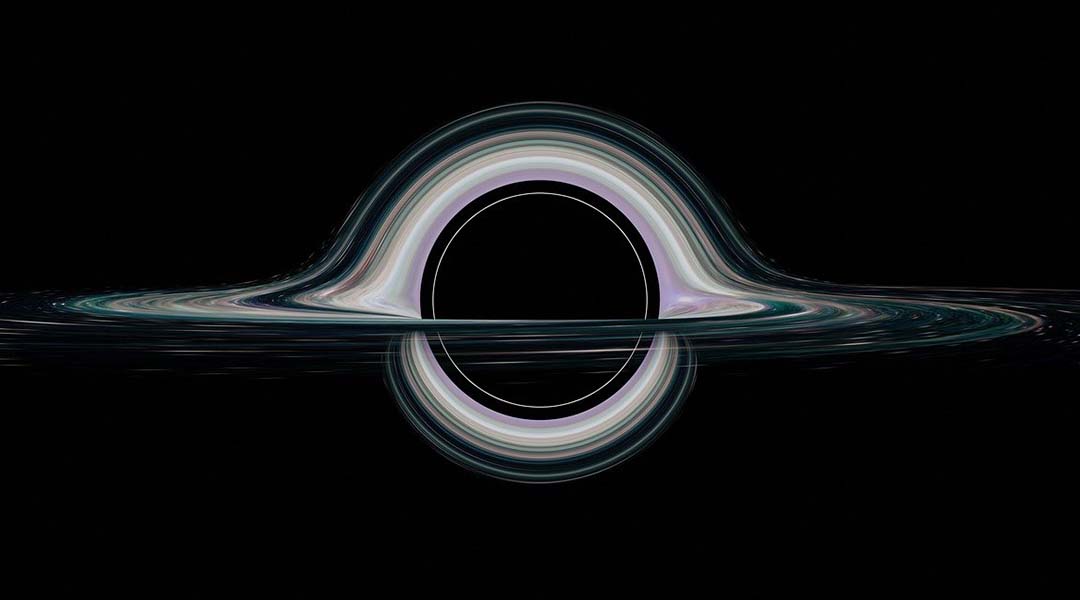
Physicists hope to detect asymmetry in spinning black holes using NASA’s LISA telescope to finally provide proof of quantum gravity.

An unexpected link between two entirely different fields of physics.
Aiming elementary particles at surfaces and observing the result in order to glean information on the material is an old discipline: spectroscopy using photons has been performed for more than a century. But recently, a number of much more exotic, subatomic...

Harnessing quantum dots to produce low-energy single photons for applications in secure communications and quantum computing.
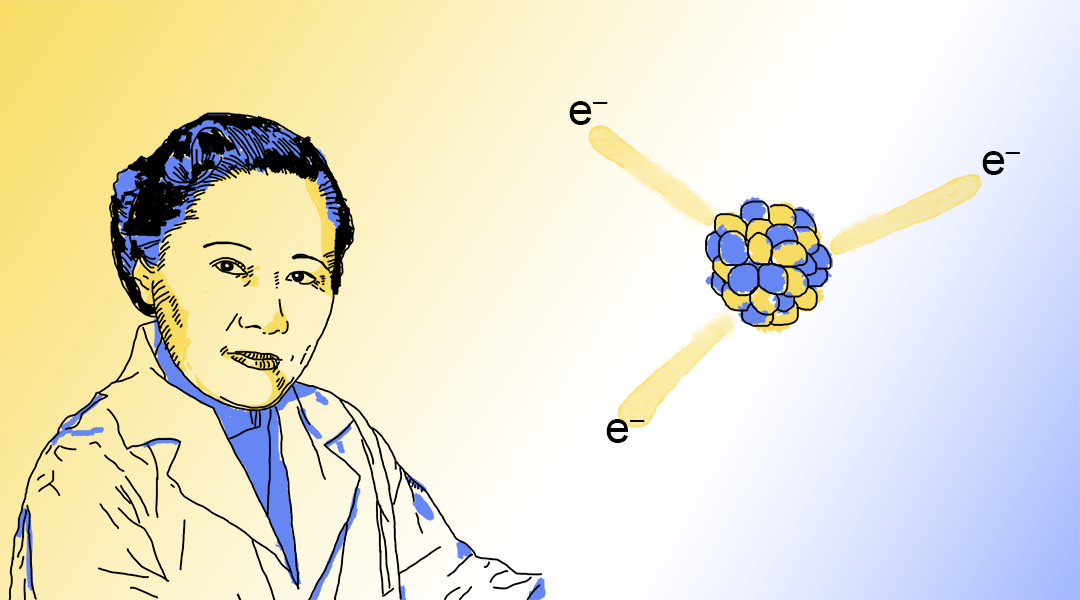
Chien-Shiung Wu was an expert in nuclear physics, making many significant contributions to not only the field, but our understanding of the Universe.

Glimpse into the notebooks of physicist John Wheeler, which capture his eclectic, crazy, and yet never one-dimensional ideas.

Physicists have reported the observation of a tetraneutron, a subatomic particle consisting of just four neutrons.